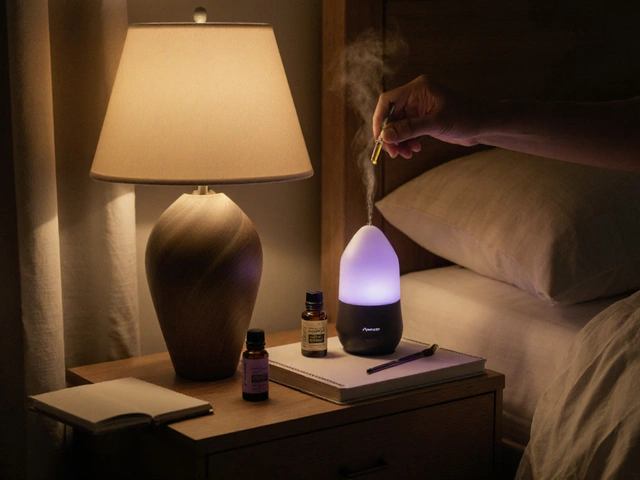Alternative health that actually helps: safe options for dogs and their people
Want natural ways to ease pain, ease anxiety, or boost recovery without risky treatments? Alternative health covers a lot: massage, topical therapies, nutrition, meditation, and energy work. Some of these help with stiffness, mobility, and stress; others are more about comfort and quality of life. This page gives clear, practical steps so you can try what’s useful and skip what’s not.
Pick the right therapy for the problem
If your dog has tight muscles or trouble moving, hands-on work like canine massage, myofascial release, or neuromuscular techniques often helps. For anxiety, gentle massage, guided breathing for owners, and low-impact calming tools (safe aromatherapy diffusion at low strength) can lower stress. Nutrition changes — adding vet-approved omega-3s or improving meal balance — support joint and brain health over weeks.
Not every therapy fits every case. Use massage for tight muscles and recovery, nutrition for long-term inflammation control, and calming techniques for stress. Energy therapies like Reiki or polarity therapy can be calming for some pets and owners, but treat these as supportive, not primary, care.
How to try something safely
Always check with your vet before starting a new therapy. Ask if the method fits your dog’s age, medical history, and current meds. Get referrals to certified animal massage therapists or vets trained in the technique. For human therapists, ask whether they work with dogs and ask for a trial session with you present.
When using essential oils or topical products, follow three rules: never apply undiluted oils to a dog, avoid oils known to be toxic to pets (ask your vet), and start with very low diffusion time in a well-ventilated room. Watch your dog for coughing, drooling, sneezing, lethargy, or skin irritation. Stop immediately if you see those signs.
With supplements, buy products made for pets from reputable brands. Start at the lowest dose and monitor appetite, stool, energy, and coat. If your dog worsens or shows new symptoms within 48 hours, stop the supplement and call your vet.
Sessions with a therapist should feel collaborative. The therapist should explain goals, clearly outline risks and benefits, and offer a written plan you can share with your vet. If a session causes pain, stress, or long-lasting soreness, it’s not the right fit.
Keep things practical: try one change at a time, track results for two to six weeks, and use simple measures like walking distance, sleep quality, and appetite to judge progress. For owners, tools like guided meditation, biofeedback apps, and gentle exercise improve stress and decision-making, which helps you care better for your dog.
Alternative health can add comfort and function when chosen carefully. Start slow, consult your vet, pick qualified practitioners, and watch for clear signs the approach is helping. That way you keep your dog safe and actually get better outcomes.

Experience the Exotic: Why You Should Try Snake Massage
Discover the unique world of snake massage, an exotic therapy that utilizes live snakes to relieve muscle tension and promote relaxation. Learn about its origins, benefits, and what to expect during a session. Find out why it's gaining popularity and tips for ensuring a safe experience.

Why Gut Health is Crucial for Weight Management
Nov, 28 2025



